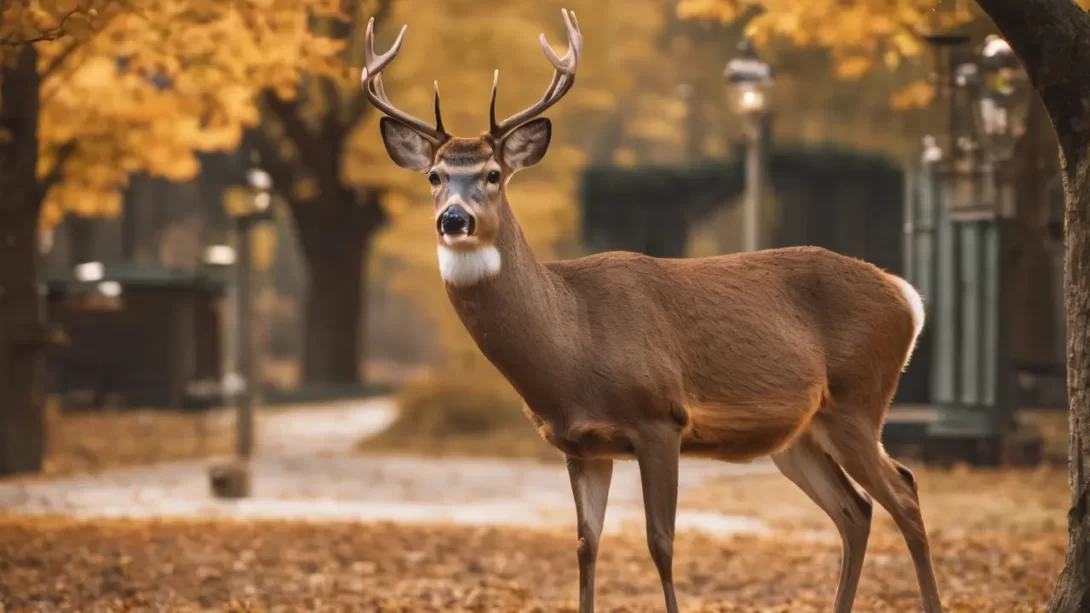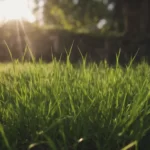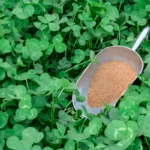Deer, with their gentle demeanor and graceful presence, are a common sight in many gardens, particularly in suburban areas bordering wildlife habitats. While these majestic creatures are often welcome visitors, their foraging habits can sometimes lead to unexpected interactions with other aspects of backyard wildlife, such as bird feeders. This article delves into the question of whether deer eat bird seed and explores the dynamics of this interaction.
Deer Diet Preferences
Deer are primarily browsers, feeding on a variety of vegetation including leaves, shoots, fruits, and nuts. They are known for their adaptable feeding habits, often influenced by the availability of food sources in their environment. In natural settings, deer’s diets change with the seasons, but in suburban areas, they may take advantage of what gardens have to offer. This opportunistic feeding can include bird seed, especially in times when their natural food sources are scarce.
Deer Attraction to Bird Seed
The attraction of deer to bird seed largely depends on the type of seed and the availability of other food sources. Bird seeds that contain high amounts of grains, nuts, and fruits are particularly appealing to deer. For instance, seeds like sunflower, millet, and cracked corn, commonly found in bird feed mixes, can attract deer. Additionally, the accessibility of bird feeders plays a significant role. Ground feeders or feeders that are within reach of deer are more likely to be raided.
Impact of Deer on Bird Feeders
Deer visiting bird feeders can have a notable impact on backyard ecosystems. Firstly, their presence can intimidate or scare away smaller birds, disrupting the intended purpose of the feeders. When deer feed on bird seed, they can consume large quantities quickly, leaving little for the birds. This can lead to a decrease in bird visits and affect the diversity of bird species in your garden.
Moreover, the physical presence of deer can cause damage to bird feeders, especially those not designed to withstand the weight or strength of a deer. Feeders may be knocked down, broken, or otherwise damaged, requiring repairs or replacements by the homeowner.
Strategies to Discourage Deer from Eating Bird Seed
To minimize deer interactions with bird feeders, consider the following strategies:
- Elevate Feeders: Place bird feeders out of deer’s reach. Hanging feeders higher or using pole-mounted feeders can prevent deer access while still being accessible to birds.
- Choose Less Attractive Seed Types: Opt for bird seed mixes that are less appealing to deer, such as thistle or safflower seeds. These seeds are favored by many small birds but are typically not attractive to deer.
- Use Deer Deterrents: Implementing deer deterrents around feeding areas can help. Motion-activated sprinklers, deer repellents, or physical barriers can be effective in keeping deer at bay.
- Regularly Clean Up Spilled Seed: Frequently clean the ground beneath bird feeders to remove spilled seeds that might attract deer.
- Strategically Position Feeders: Place bird feeders near natural barriers or in areas of your yard that deer are less likely to visit.
Balancing Wildlife Interests
Creating a garden that accommodates both deer and birds requires thoughtful planning and consideration. Here are some strategies to achieve this balance:
- Dedicated Feeding Areas: Establish separate feeding areas for deer and birds. For deer, consider a spot further from the house with foods they prefer, like apples or specific deer feed, to divert them from bird feeders.
- Plant Deer-Resistant Vegetation: Incorporate plants and shrubs that are less appealing to deer into your garden. These can act as a natural barrier, deterring deer from areas frequented by birds.
- Provide Natural Cover for Birds: Ensure your garden has plenty of trees, shrubs, and bushes where birds can take refuge. This natural cover can make birds feel safer and more inclined to visit your feeders, even in the presence of deer.
- Water Sources: Include water features like birdbaths or small ponds. These can attract birds and provide them with necessary resources, while typically being less appealing to deer.
- Respect Wildlife Pathways: Be aware of and respect the natural pathways used by wildlife, including deer. Positioning bird feeders away from these paths can reduce encounters.
Conclusion
While deer can be attracted to bird seed and potentially impact bird feeding practices, there are effective ways to coexist with these animals in your garden. By implementing strategic feeder placement, choosing specific seed types, and using deterrents, you can enjoy the presence of both birds and deer. Additionally, creating a wildlife-friendly environment with dedicated areas for different species can help maintain a healthy and diverse ecosystem in your backyard.
In summary, understanding and respecting the needs and behaviors of local wildlife is key to enjoying a harmonious and thriving garden. With careful planning and consideration, it’s possible to create a space that welcomes a variety of species, from the smallest birds to the graceful deer.



